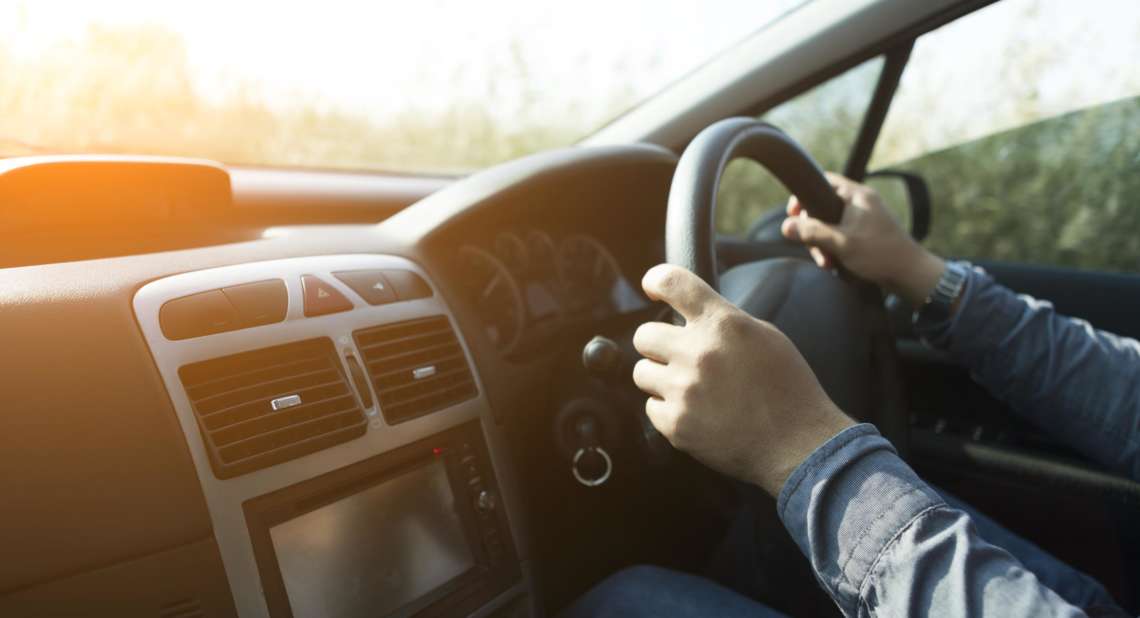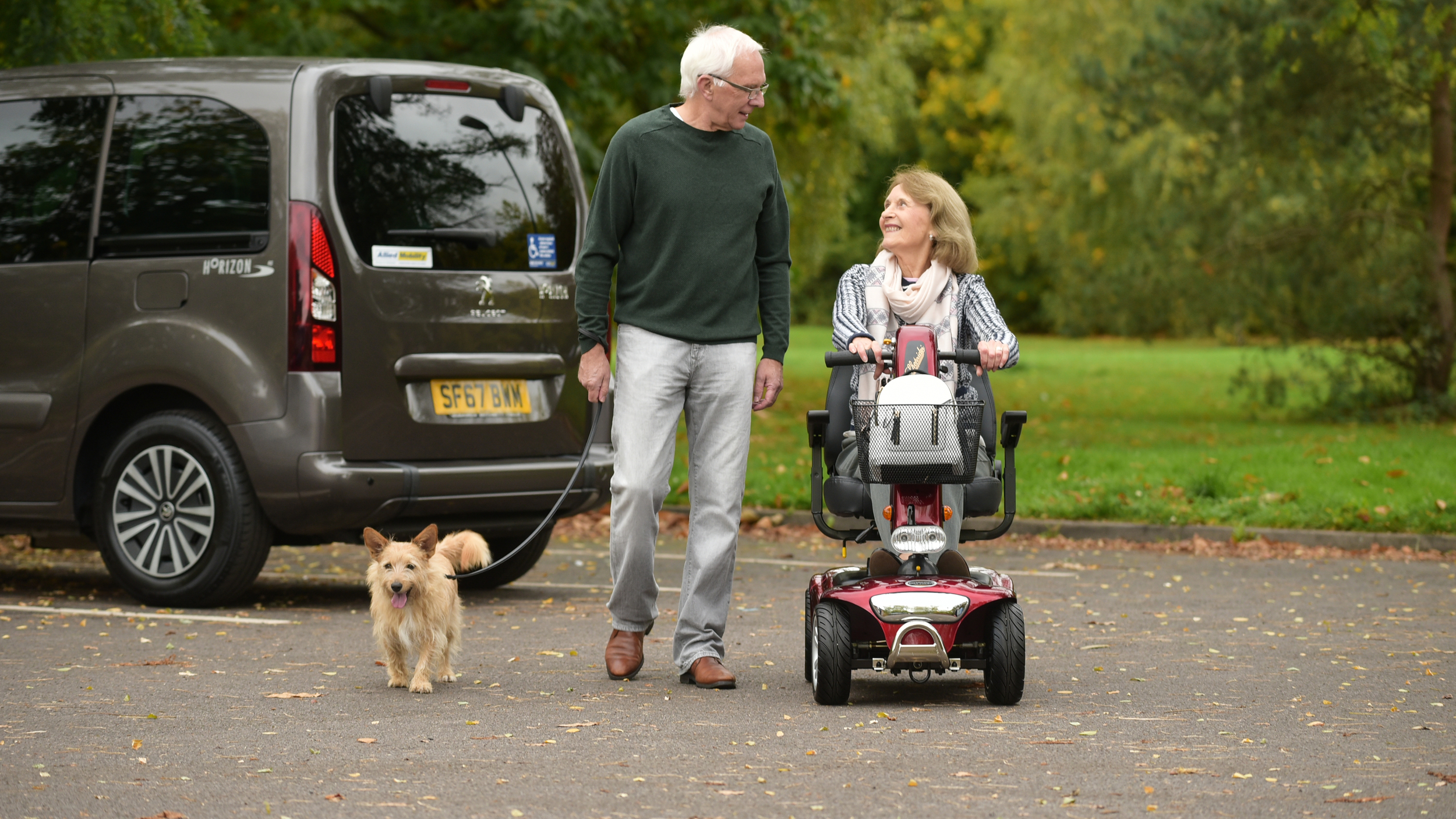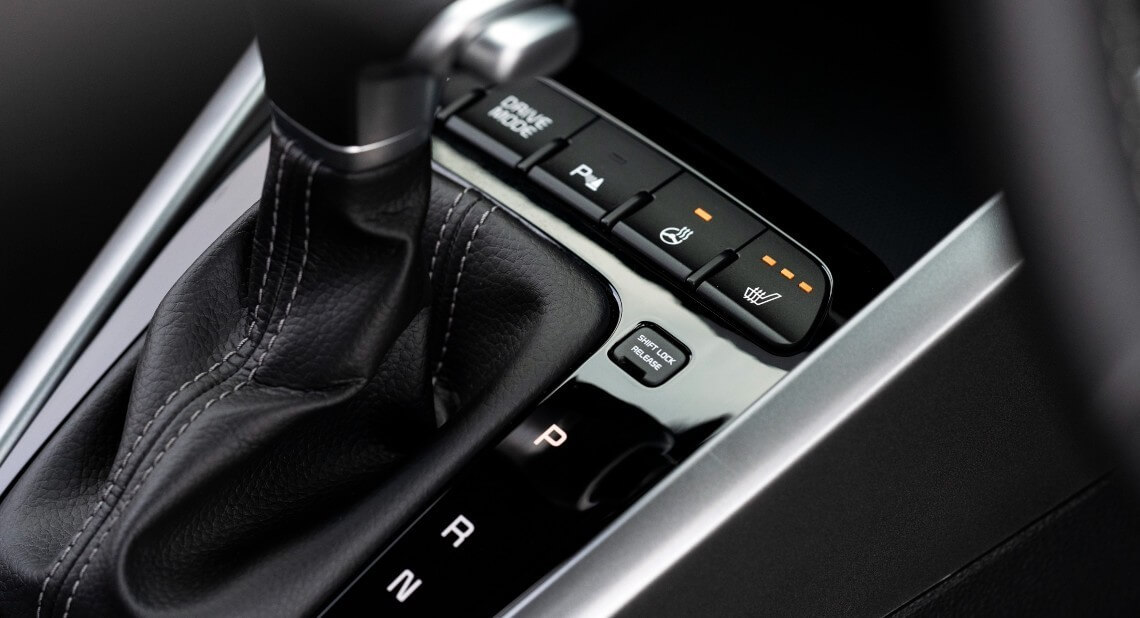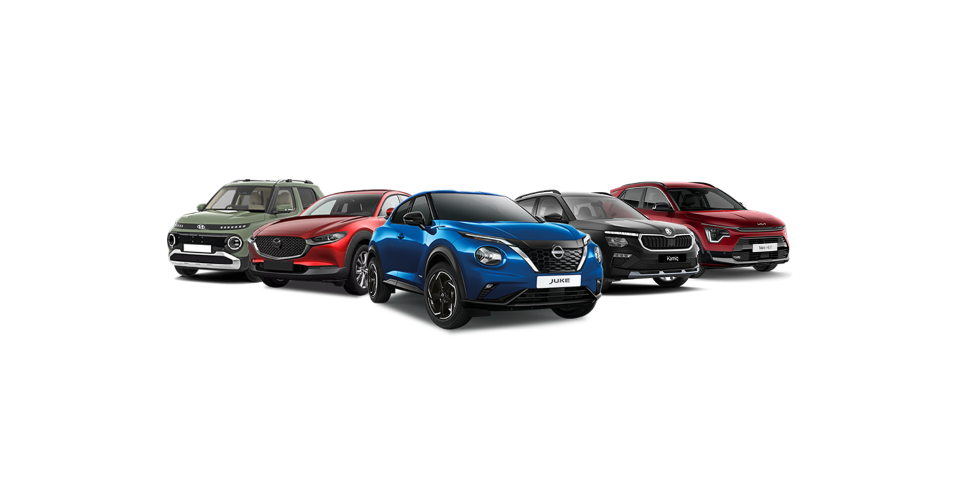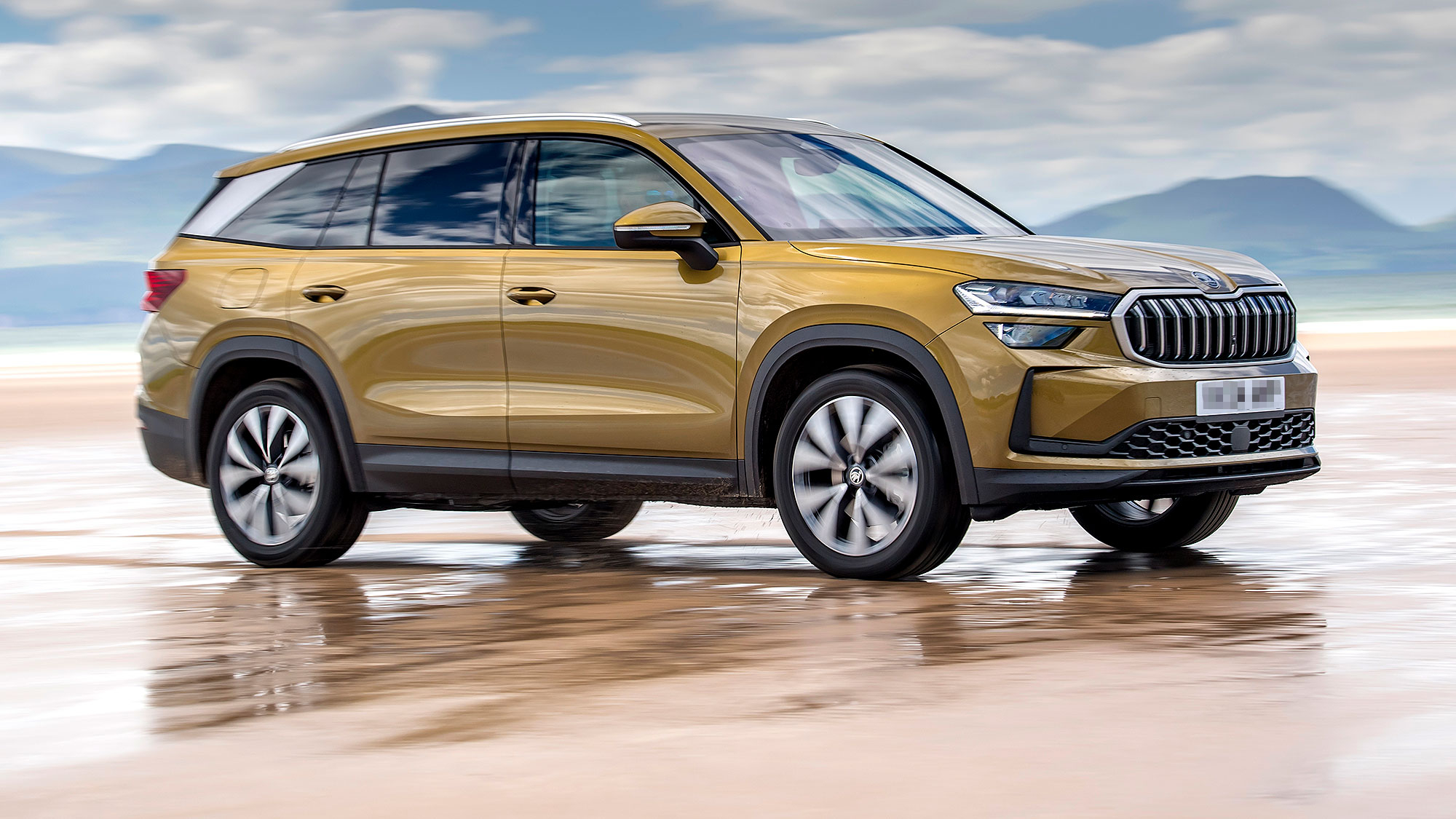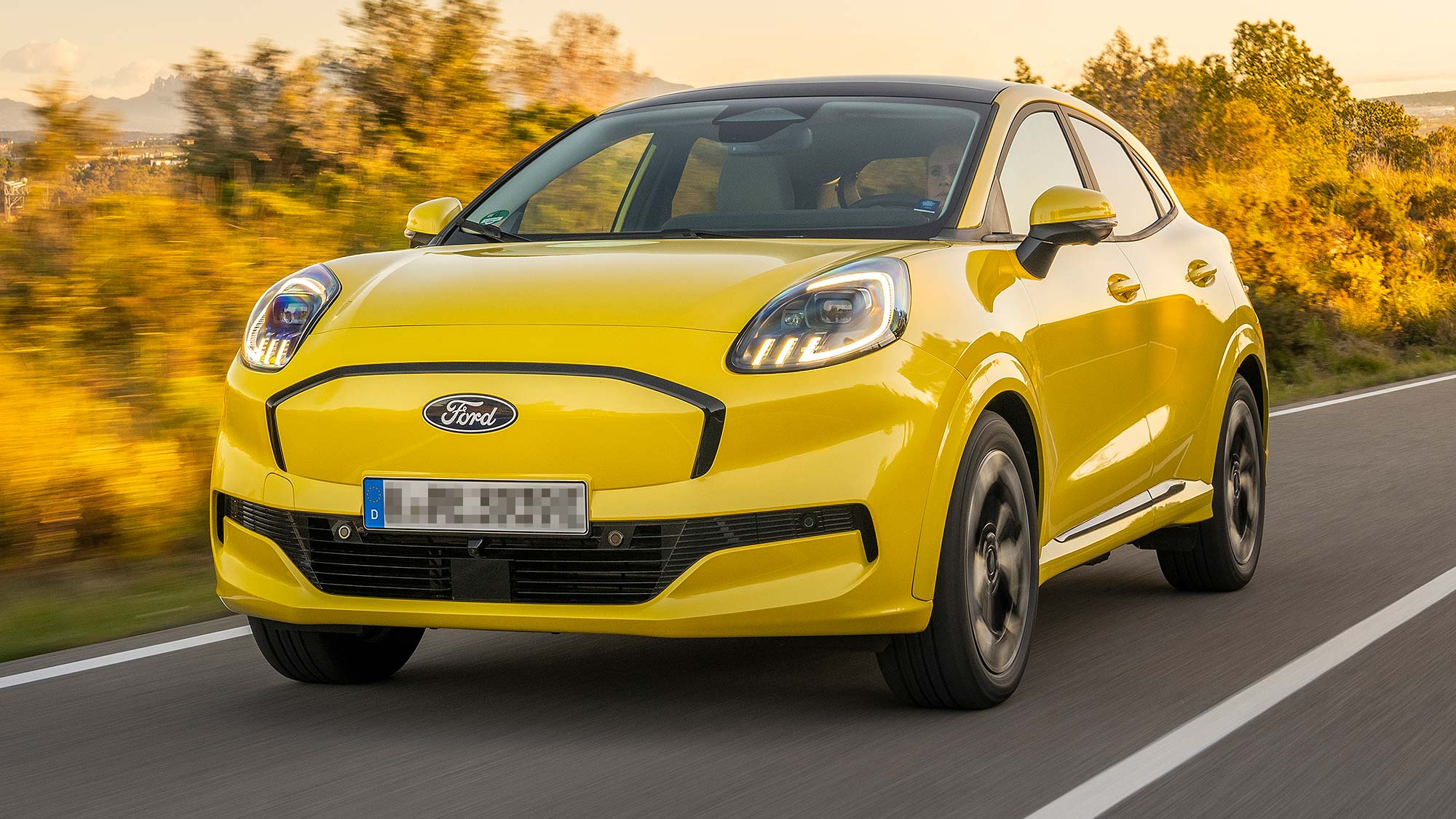Today, new cars are usually packed full of features and modes to make driving that little bit easier. From driver assistance technology like autonomous braking to simpler pleasures like massaging seats – your vehicle manual will detail many of these features and how to use them. But how many of us actually read the user’s manual from cover to cover? And even then, there are a lot of things that the manual won’t tell you. That’s why, our Scheme partners, Kwik Fit have put together their list of the top car hacks – features you didn’t know your car has and tips to help make driving a little more stress free.
These tips might not apply to every car but we’re confident many of these will work for you.
1. Pointing you in the right direction
Have you ever stopped at a petrol station to refuel, only to find that the petrol cap is on the opposite side to the pump? If the pump in question has extra-long hoses you might be able to refuel without repositioning the car but it all seems a bit of a chore. You can avoid this and pull up at the right pump every time thanks to a handy feature on your dashboard. Right next to your fuel gauge you’ll notice a little arrow pointing either left or right. This arrow is actually telling you which side of the vehicle your fuel cap is on so you can refuel with ease.
2. The pressure’s on (the door)
Even if your tyres are in good condition and do not have a slow puncture, they can lose air naturally at a rate of around 2 PSI every month. That’s why it’s important to keep an eye on your tyre pressure on a regular basis. Depending on the make and model of the vehicle (plus how much load it’s holding), the recommended pressure can vary. The manufacturer’s recommendation can usually be found in the vehicle handbook but if you don’t have this to hand and you are out and about and need to put air in your tyres, did you know you can usually find the recommended pressures either in the jamb of the driver’s door or on the inside of the fuel cap? Very handy if you want to swing into a petrol station when your tyre pressure looks low.
3. Blinded by the light
Summer or winter, when the sun is low in the sky it can be a real pain to see where you’re going. Luckily the trusty sun visor can help cut out the glare from the sun and allow you to see the road clearly. But did you know that your sun visor has multiple positions, allowing you to block out sun from the side too? A lot of people are unaware that sun visors are only hinged from one side allowing you to unclip the other end and move the whole visor around to the driver’s window. Very handy if you haven’t got your sunglasses.
4. Check your tyre treads with a 20p piece
Just like tyre pressure, checking your tread depth every month is crucial to ensure your tyres remain safe. Legally, tyres need to be replaced when the tread depth falls to 1.6mm on 75% of the contact surface. However Kwik Fit will replace tyres on Motability Scheme cars when the depth falls to 2.0mm. Without a tread depth gauge, ensuring your tyres have ample tread can involve a lot of guess work right? Not if you have a 20p piece to hand – this very simple but effective testing method gives you to check your tread easily and at any time.
Simply place the 20p coin in the main tread groove at various points around the tyre circumference. If you can see any part of the outer band of the coin face, it means the tyre tread is very worn and may even be below the legal limit. It’s not only time to stop everything and replace your tyres, it’s vital that you do so as soon as possible. Bring your eyeline level with the tyre. If you can see the outer band of the 20p coin, your tyres could be approaching the legal limit so we’d recommend getting them checked by an expert.
More on everyday tips
These are just a few ways that you can make the most your car’s features. For more ideas and advice on getting out and about, and keeping mobile day-to-day explore other everyday tips articles on our website.
5. Heard it on the radio
This is an oldie but your car radio can provide you with regular traffic updates to let you know of local road closures and routes to avoid. Just press the TA button on your radio and you’ll hear traffic updates from local radio stations whenever one is aired regardless of whether you are listening to a CD or another station. While many new cars have built in satellite navigations with more specific travel information, TA or Traffic Announcements are a little known setting that can be found on many car radios for years and can still prove useful to, literally, get out of a jam! In some vehicles the traffic update button is marked ‘TP’ but provides the same service, interrupting whatever is playing to provide traffic news.
6. On the blink
Checking bulbs regularly is important so you can see the road and other road users can see you. Indicators in particular are crucial so that other drivers know if you intend to make a manoeuvre. For this reason, cars have a clever way of letting you know when an indicator bulb has blown so you can replace it quickly. Otherwise you could be driving around for some time without even realising. If when you activate your indicators the light blinks very quickly and the regular tempo of the dashboard ‘ticking’ speeds up, your car is trying to tell you that one of your indicator bulbs has blown or has a loose connection. Stop and check which one as soon as possible and drive carefully until you can get the bulb replaced as other motorists may not know your intention to turn.
7. Crank up the air con this winter
Air conditioning is undoubtedly one of the best features in a car on a hot summer’s day, helping you to keep your cool. But did you know that air con even has its uses on the coldest days of winter? Let’s set a familiar scenario, you’re driving down the road on a cold winter’s day when all of a sudden the windscreen starts to mist up. This occurs because water vapour inside the vehicle comes into contact with the cold windscreen causing it to condense into mist. Using the windscreen wipers does nothing and using the warm air from the blowers can make things worse. The solution here is to turn on your air con and put the blowers on windscreen mode. The dry air that your air con produces will remove water vapour from the glass, quickly demisting your windscreen for maximum visibility.
8. Make a quick getaway on winter mornings
While we’re on the subject of clearing windscreens in winter conditions, one of the most annoying things a driver can experiences on cold mornings is having to de-ice the car. Some cars feature heated front windscreens that make de-icing a very easy task. Until 2011, Ford held a patent on the application of this technology but since this expired, an increasing number of makes and models are now utilising the technology. For the rest of us, we need to utilise more traditional techniques to clear the windscreen. But here are a few tips that may help.
Park Facing East:
Its common knowledge that the sun rises in the east and sets in the west, so why not use this info to your advantage? If you park your car facing east, the sun will get to work on your windscreen as soon as it rises in the morning, helping to melt the ice or at least break down the hard frost making clearing the windscreen easy.
Use WARM water:
Probably the quickest way to clear a windscreen is to pour water on it, but the temperature of that water is very important. Never ever use boiling water as this can cause your windscreen to crack due to the temperature difference between the windscreen and the water. Using tepid or lukewarm water will clear the windscreen without the risk of damaging it.
Make your own de-icer:
Alternatively you can make your very own homemade de-icer simply by mixing 1 part water with two parts rubbing alcohol. This works because the rubbing alcohol has a very low freezing point which cuts through the ice. So it’s probably best to use this rather than Gran’s best Sherry!
9. Not a penny over
While on the subject of the garage forecourt, have you ever tried to fill your car with an exact amount of petrol or diesel, gently squeezing the fuel nozzle bit by bit only to go over by a few pence. It’s annoying isn’t it? But really there is no need for this to happen. Most fuel pumps have an option to set a maximum vend so that the fuel line cuts off automatically when you reach the desired amount.
More articles like this
Motorway driving tips: how to make swift progress as smoothly as possible
Quick hints for making the most of your car on a budget
7 simple tips to keep your tyres in good condition
![]()
